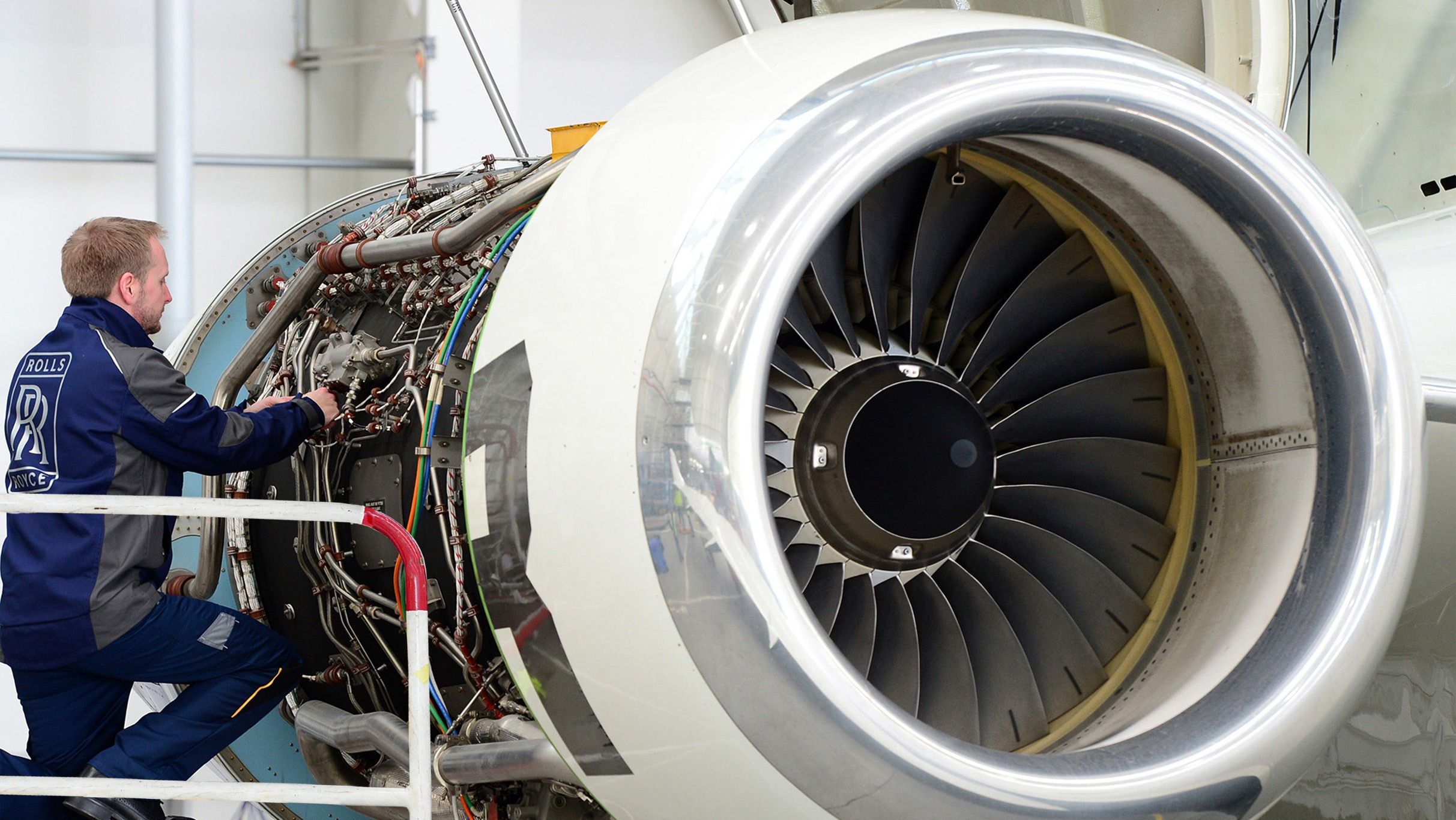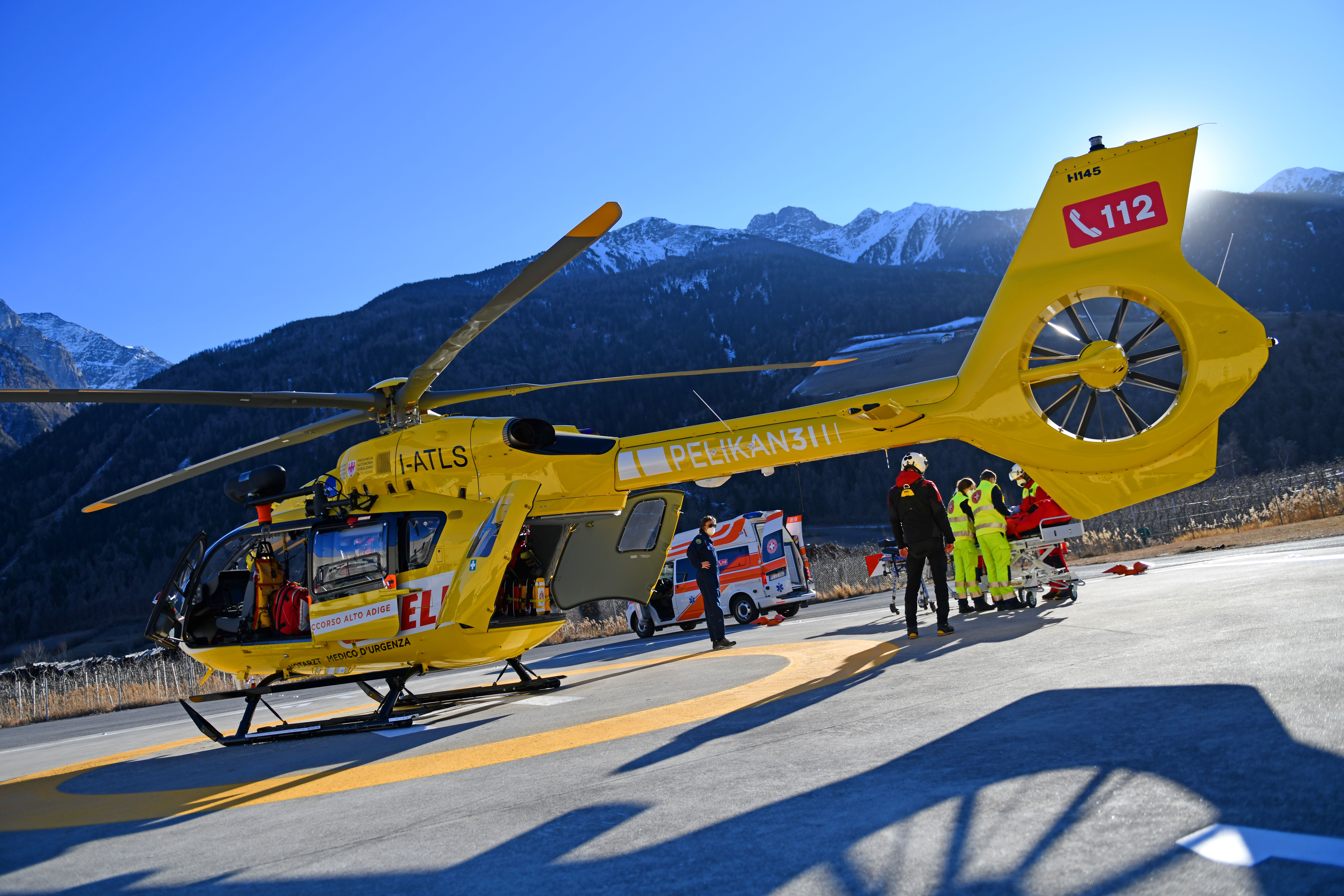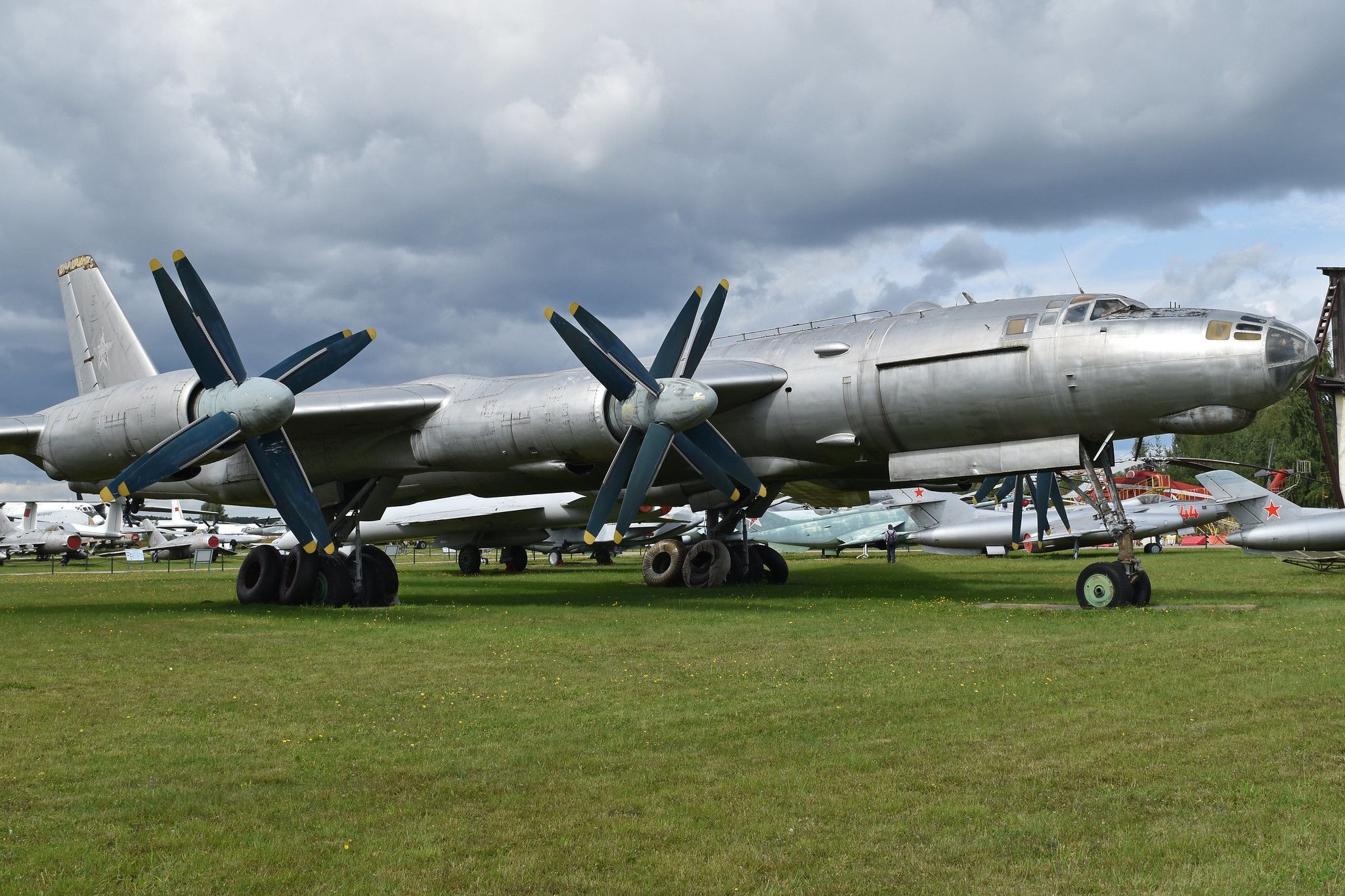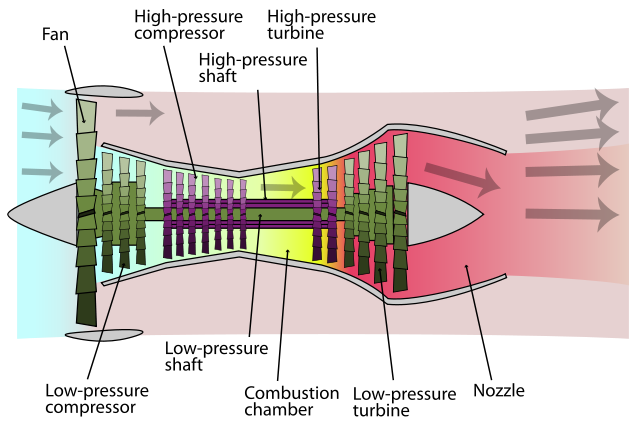Summary
- The ‘P Factor’ is an aerodynamic phenomenon experienced by propellers when off center, causing the airplane to yaw. Jet engines are not affected by this.
- Torque effect in helicopters and single-engine propeller aircraft causes the fuselage to rotate in the opposite direction to the rotor’s spin. Counter-rotating propellers or engines mounted on the tail are used to counter this effect.
- Jet engines can rotate in either direction, depending on the manufacturer. However, on commercial aircraft, all jet engines rotate in the same direction for maintenance and cost efficiency purposes.
Have you ever wondered in which direction aircraft engines actually spin? Do they all go the same way, or do some turn in the opposite direction? To find the answer to this question, we need to embrace some math and physics.
The ‘P Factor’
In North America, single-engine aircraft propellors turn clockwise, as viewed from the cockpit. But this creates a problem for the pilot, and that problem is known as ‘P’. The ‘P Factor’ is an aerodynamic phenomenon experienced by a moving propeller when it moves off center. The shift in the location of thrust will cause the aircraft to yaw and move to one side or the other.
Because of this, when not flying level, the plane tends to yaw left when climbing and right when descending. With no way to adjust the propellor blades’ angle of attack, the pilot is forced to counter the ‘P Effect’ by applying the rudder. However, with jet engines, the ‘P Effect’ is not a consideration, because the multiple fan blades inside a jet engine produce all the thrust in the engine’s center.
The torque effect
Some types of flying vehicles have engines that move in both directions in order to counter the torque effect. Pilots experience the torque effect when flying helicopters or single-engine propellor aircraft, and is a product of Isaac Newton’s third law of motion: for every action, there is an equal opposite reaction.
Photo: Airbus.
Because the torque effect causes a helicopter fuselage to rotate in the opposite direction to the rotor’s spin, a small engine is mounted on the helicopter’s tail to counter the phenomenon. The torque effect also applies to single-engine propeller aircraft because the plane only has a single propeller at the front. So, like with helicopters, when it is rotating, the aircraft also wants to rotate in the opposite direction to the way the propeller is turning.
While this is fine for small aircraft like the Cessna 172, it became an issue on larger, faster planes like the twin-engine P-38 Lightning. To counter the torque effect, aircraft were fitted with two counter-rotating propellers. In other words, one propellor spun in one direction and the other in the opposite.
While the counter-rotating propellors canceled out the torque effect, they were extremely noisy and added weight to the plane because of the additional gearbox. An example of an aircraft fitted with counter-rotating propellers still flying today is the Tupolev Tu-95 Bear.
On jet engines, torque is not a factor for the simple reason that the air is being forced backward without any rotation, making its thrust more efficient.
Jet engines can rotate in either direction
Jet engines can rotate clockwise or counterclockwise, depending on the manufacturer. All Rolls-Royce jet engines, except for the R17, turn clockwise. North American jet engines like General Electric and Pratt & Whitney rotate counterclockwise. French-built Safran engines also rotate counterclockwise. The bottom line is that it does not matter which direction the fans in jet engines rotate, just so long as the engines on the plane are all the same.
Image: KLM
On any given commercial aircraft, the jet engines will all rotate in the same direction. The reason for this, particularly for airlines, is cost. If airlines were to use counter-rotating engines, they would need to have two sets of engines on hand at all times. With the same engines on both wings, any replacement engine or parts of can be easily applied to any of the powerplants, making maintenance easier and keeping costs down.




